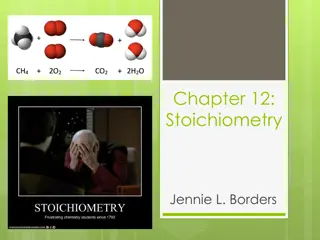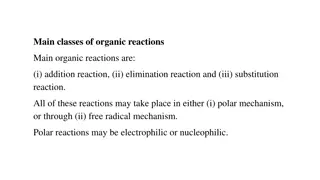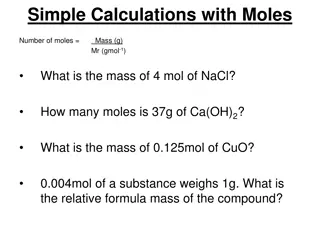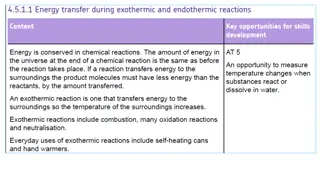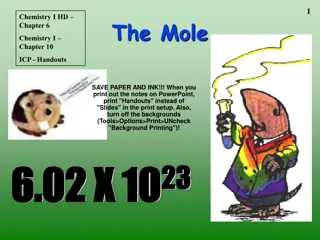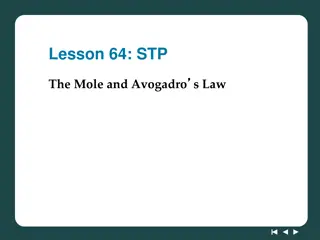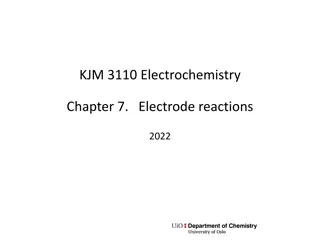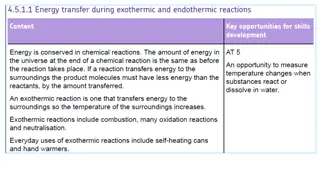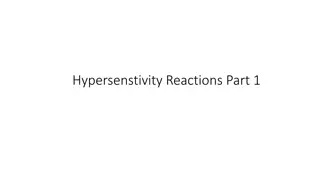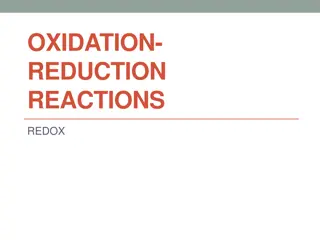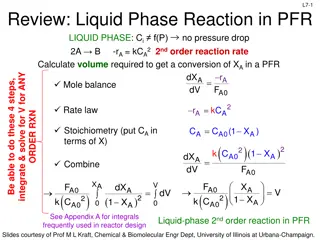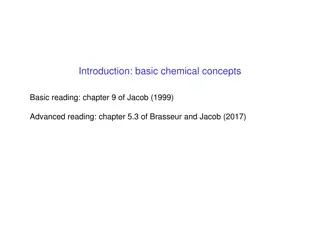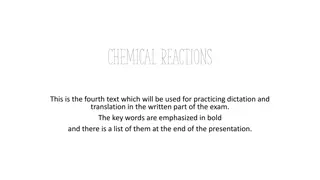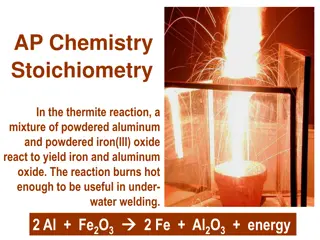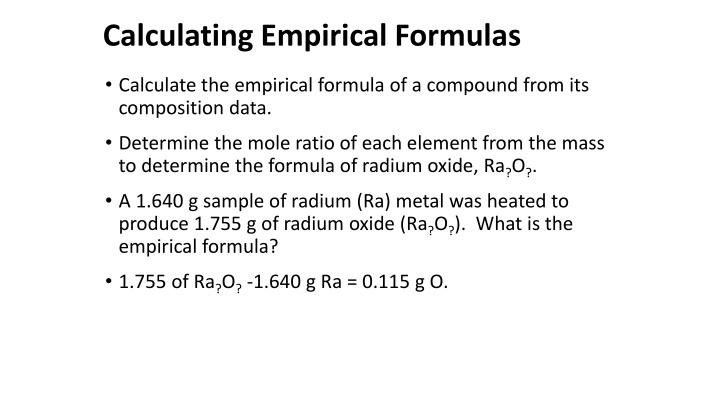
Calculating Empirical Formulas and Molecular Formulas
Learn how to calculate empirical formulas from composition data, determine molar ratios, and find molecular formulas using examples of radium oxide and benzene. Understand the steps involved in determining the empirical and molecular formulas based on the composition of compounds.
Download Presentation

Please find below an Image/Link to download the presentation.
The content on the website is provided AS IS for your information and personal use only. It may not be sold, licensed, or shared on other websites without obtaining consent from the author. If you encounter any issues during the download, it is possible that the publisher has removed the file from their server.
You are allowed to download the files provided on this website for personal or commercial use, subject to the condition that they are used lawfully. All files are the property of their respective owners.
The content on the website is provided AS IS for your information and personal use only. It may not be sold, licensed, or shared on other websites without obtaining consent from the author.
E N D
Presentation Transcript
Calculating Empirical Formulas Calculate the empirical formula of a compound from its composition data. Determine the mole ratio of each element from the mass to determine the formula of radium oxide, Ra?O?. A 1.640 g sample of radium (Ra) metal was heated to produce 1.755 g of radium oxide (Ra?O?). What is the empirical formula? 1.755 of Ra?O?-1.640 g Ra = 0.115 g O.
Calculating Empirical Formulas The molar mass of radium is 226.03 g/mol and the molar mass of oxygen is 16.00 g/mol. 1 mol Ra 226.03 g Ra 1 mol O 16.00 g O 1.640 g Ra = 0.00726 mol Ra 0.115 g O = 0.00719 mol O Ra0.00726O0.00719. Simplify the mole ratio by dividing by the smallest number. Ra1.01O1.00 = RaO is the empirical formula.
Empirical Formulas from Percent Composition Use percent composition data to calculate empirical formulas. Assume that you have 100 grams of sample. Benzene is 92.2% carbon and 7.83% hydrogen, what is the empirical formula. If we assume 100 grams of sample, we have 92.2 g carbon and 7.83 g hydrogen.
Empirical Formulas from Percent Composition Calculate the moles of each element: 1 mol C 12.01 g C 92.2 g C = 7.68 mol C 1 mol H 1.01 g H 7.83 g H = 7.75 mol H The ratio of elements in benzene is C7.68H7.75. Divide by the smallest number to get the formula. 7.68 7.68 7.75 7.68 = C1.00H1.01 = CH C H
Molecular Formulas The empirical formula for benzene is CH. This represents the ratio of C to H atoms of benzene. The actual molecular formula is some multiple of the empirical formula, (CH)n. Benzene has a molar mass of 78 g/mol. Find n to find the molecular formula. n = 6 and the molecular formula is C6H6. (CH)n 78 g/mol 13 g/mol = CH


